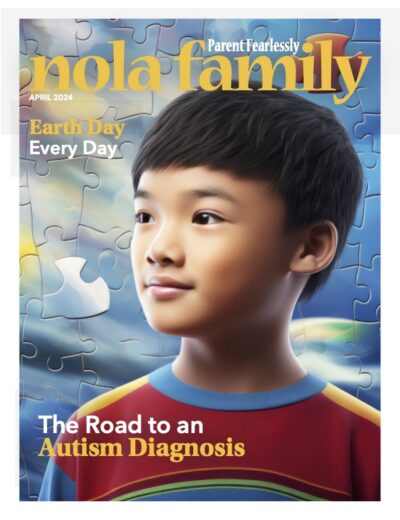Parenting With Appropriate Worry
From the day children enter our lives, we begin a lifelong relationship with Worry. What we worry about, and the accuracy of these worries, are the subject of Natalia Pane’s fascinating book, The Worry Clock: A Parent’s Guide to Worrying Smarter about the Real Dangers to Your Child. Pane uses data from the Centers for Disease Control to create a kind of clock that presents common, preventable causes of childhood death in the number of minutes that one should spend worrying them, based on the real-life frequency. The result is a visual reminder that some of the things that occupy our thoughts are fairly low-risk in comparison to other events deserving a larger proportion of our attention.
Perceived vs. real risks
According to surveys by the Mayo Clinic, parents ranked their top worry as their child’s kidnapping by a stranger. Pane’s worry clock reveals that what parents should be more concerned with are: motor vehicle accidents (17 minutes on the clock, but 23 if you include accidents related to ATVs, motorcycles, and bikes); homicide (11 minutes—not a “stranger danger” issue, but primarily related to child abuse by a caregiver in the early years, and by the role of firearms in adolescence); suffocation (10 minutes); suicide (five minutes); drowning (four minutes); fire (three minutes), and “other” (four minutes—falls, poisonings, etc.).
Perception and reality don’t match up. Pane details how child abductions by strangers are very rare; a child is 1,000 times more likely to be taken by a family member, usually a parent involved in a custody dispute. And while parents of small children worry most about stranger abduction, the most likely targets are children in the 12-14-year-old range, beyond the age of closest supervision. Age-appropriate discussions should be part of an overall safety strategy. The National Center for Missing and Exploited Children recommends ditching the overly simplified “don’t talk to strangers” warning in favor of teaching children it’s acceptable to say “No” to adults when they feel uncomfortable and draw attention to oneself if they feel they are in danger; to always check in with a parent before changing locations and/or companions; and that adults shouldn’t ask kids for help, but if someone needs help, find a trusted adult.
Worry clocks vary by age; for example, while car accidents are a major risk across childhood, they peak in the teenage years. This is of particular concern for local parents because surveys indicate Louisiana teens report high degrees of risk, including driving while drinking or riding with an impaired driver. A parent can mitigate some of this risk by insisting on lots of supervised driving time and establishing rules about driving with friends, keeping the cell phone turned off, expectations about drinking, etc.
Preventative measures
While The Worry Clock can be unsettling, the author points out that many events are preventable with simple safeguards. For example, creating a safe sleep environment for babies; using seat belts and car seats when driving and helmets when biking; securing pools and providing supervision around water; outfitting your home with working smoke detectors; and modeling good driving habits are effective and easy things to do.
More challenging is addressing youth violence and mental health issues. Working on your relationships with your children so they seek you out as a source of help and support as they get older is always one of the best protective strategies.
Lisa Phillips is a parent educator at the Parenting Center at Children’s Hospital.

